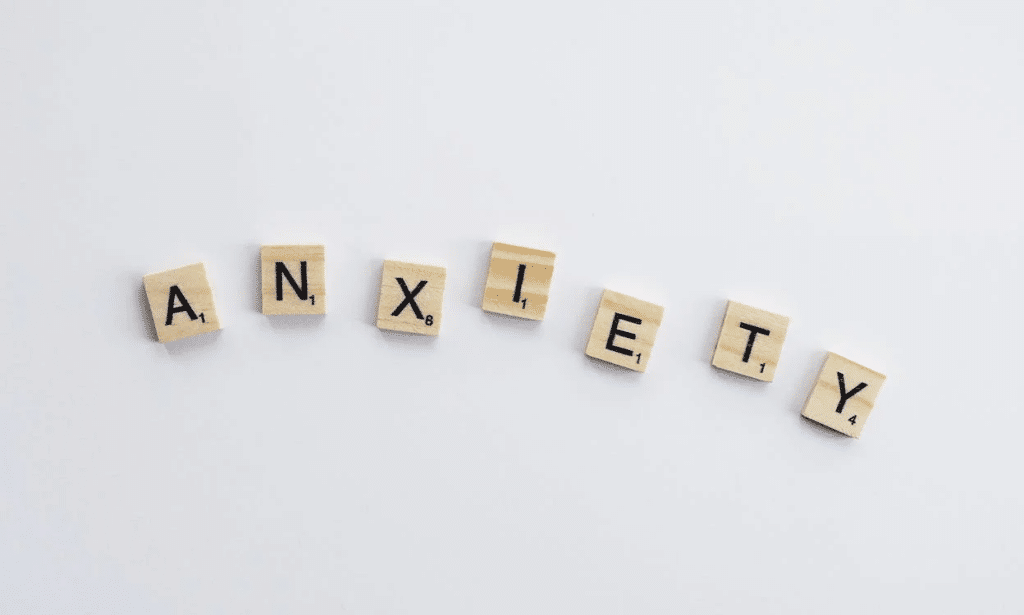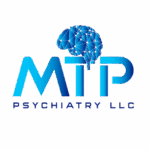It is essential to understand and address the mental health needs of your patients, including managing mental health disorders. Mental health disorders often present in primary care settings, and early identification, proper diagnosis, and appropriate management can significantly improve patient outcomes. With the growing prevalence of mental health issues across all age groups, having the knowledge and skills to manage these conditions effectively is crucial to providing holistic care.
This comprehensive guide will cover the most common mental health disorders encountered in family practice, including their symptoms, diagnosis, and treatment approaches. The goal is to help you better identify and manage these conditions in your clinical practice, fostering a more integrated approach to healthcare.
1. Major Depressive Disorder (MDD)

Overview
Major Depressive Disorder (MDD) is a mood disorder characterized by persistent sadness, loss of interest in previously enjoyable activities, and a range of other symptoms. It is one of the most common mental health disorders seen in family practice, affecting individuals across the lifespan.
Symptoms
- Persistent low mood or sadness
- Loss of interest or pleasure in most activities
- Weight changes (gain or loss)
- Fatigue or low-energy
- Feelings of worthlessness or guilt
- Difficulty concentrating or making decisions
- Thoughts of death or suicide
Diagnosis
Diagnosis is made through a thorough clinical evaluation and patient history. The PHQ-9 (Patient Health Questionnaire-9) is a commonly used screening tool for depression.
Management
- Psychotherapy: Cognitive behavioral therapy (CBT) and interpersonal therapy (IPT) are effective treatments.
- Pharmacological Treatment: First-line medications include:
- SSRIs (e.g., sertraline, fluoxetine)
- SNRIs (e.g., venlafaxine, duloxetine)
- Atypical antidepressants (e.g., bupropion, mirtazapine) for cases resistant to SSRIs or SNRIs.
- Lifestyle Changes: Encourage regular exercise, a balanced diet, and sufficient sleep.
Follow-Up
Regular follow-up visits are necessary to assess treatment response, adjust medications, and monitor for side effects. In cases of suicidal ideation, immediate referral or intervention is required.
2. Generalized Anxiety Disorder (GAD)

Overview
Generalized anxiety disorder is characterized by excessive and uncontrollable worry that interferes with daily functioning. It often coexists with other mental health conditions, such as depression, and is commonly encountered in family practice.
Symptoms
- Persistent and excessive worry about various aspects of life (e.g., work, health, family)
- Restlessness or feeling “on edge”
- Difficulty concentrating or mind going blank
- Irritability
- Muscle tension
- Sleep disturbances
Diagnosis
Diagnosis requires a comprehensive history and physical examination, ruling out medical causes of anxiety. The GAD-7 questionnaire is commonly used to assess the severity of symptoms.
Management
- Cognitive Behavioral Therapy (CBT) is considered the most effective form of psychotherapy for GAD.
- Pharmacological Treatment:
- SSRIs/SNRIs: First-line pharmacological options (e.g., sertraline, escitalopram, venlafaxine).
- Benzodiazepines: short-term use in acute anxiety (e.g., lorazepam, alprazolam) for immediate relief but avoid long-term use due to dependency risk.
- Buspirone: A non-benzodiazepine anxiolytic for long-term use.
- Relaxation Techniques: Incorporate mindfulness, yoga, and deep breathing exercises to help manage stress and anxiety.
Follow-Up
Ongoing support, including symptom management and medication adjustments, is essential for long-term management.
3. Bipolar Disorder

Overview
Bipolar disorder is characterized by extreme mood swings that include emotional highs (mania or hypomania) and lows (depression). These shifts in mood can impact work, relationships, and overall quality of life. Early diagnosis and appropriate treatment are key to managing this disorder.
Symptoms
- Manic Episode: increased energy, irritability, impulsivity, reduced need for sleep, excessive talking, and racing thoughts.
- Depressive Episode: Symptoms resemble major depressive disorder (e.g., sadness, loss of interest, fatigue).
Diagnosis
Diagnosis is typically based on clinical assessment, and tools like the Mood Disorder Questionnaire (MDQ) can aid in identifying symptoms of mania and hypomania.
Management
- Mood Stabilizers: Lithium is a first-line treatment, but careful monitoring of blood levels is required to avoid toxicity.
- Antipsychotic Medications: Medications like quetiapine and olanzapine may be used for both manic and depressive episodes.
- Antidepressants: Careful use in conjunction with mood stabilizers to avoid inducing a manic episode.
- Psychotherapy: Psychoeducation, CBT, and family therapy are important components of treatment.
Follow-Up
Frequent monitoring of mood shifts, side effects from medications, and adherence to therapy are essential in managing this chronic condition.
4. Post-Traumatic Stress Disorder (PTSD)

Overview
PTSD is a mental health disorder triggered by experiencing or witnessing a traumatic event. It can profoundly affect a person’s ability to function and interact with others. Trauma-focused therapy and medications are key to managing symptoms.
Symptoms
- Re-experiencing the traumatic event (flashbacks, nightmares)
- Avoidance of reminders of the trauma
- Hypervigilance (being easily startled)
- Emotional numbness
- Difficulty sleeping and concentrating
Diagnosis
A clinical assessment, including the use of the PTSD Checklist (PCL), helps identify the presence of symptoms and their severity.
Management
- Psychotherapy: Trauma-focused therapies like Cognitive Processing Therapy (CPT) and Prolonged Exposure Therapy (PE) have shown significant efficacy.
- Pharmacological Treatment:
- SSRIs: Medications such as sertraline and paroxetine are often used to manage PTSD symptoms.
- Prazosin: May be used to manage nightmares and improve sleep.
- Supportive Care: Encourage using support groups and family therapy to address emotional distress.
Follow-Up
Ongoing therapy, monitoring of treatment progress, and addressing new or persisting symptoms are crucial for effective management.
5. Attention-Deficit Hyperactivity Disorder (ADHD)

Overview
ADHD is a neurodevelopmental disorder characterized by inattention, hyperactivity, and impulsivity. It is commonly diagnosed in childhood but can persist into adulthood. In primary care, FNPs may encounter ADHD in both children and adults.
Symptoms
- Difficulty sustaining attention in tasks or play activities
- Impulsivity (interrupting others, difficulty waiting for turns)
- Hyperactivity (excessive talking or fidgeting)
- Forgetfulness in daily activities
Diagnosis
Diagnosis involves a clinical evaluation, along with reports from family members or teachers. Tools like the Conners Rating Scale or Vanderbilt Assessment Scales are commonly used to assess symptom severity.
Management
- Stimulant Medications: Medications such as methylphenidate (e.g., Ritalin) and amphetamines (e.g., Adderall) are the first-line treatments for ADHD.
- Non-Stimulant Medications: Atomoxetine (Strattera) is an alternative for those who do not respond to stimulants.
- Behavioral Therapy: CBT can help patients manage symptoms and improve executive function skills.
Follow-Up
Regular follow-ups are necessary to monitor medication efficacy and side effects, as well as to provide ongoing support for symptom management.
Conclusion
Mental health disorders are a common yet often underrecognized aspect of primary care practice. Family Practice Nurse Practitioners are in a unique position to address these concerns, offering early intervention, effective treatment plans, and ongoing support. By understanding the signs, symptoms, and appropriate treatment options for common mental health disorders, FNPs can improve the overall care they provide, ensuring better health outcomes for their patients.
Remember, mental health care is not just about prescribing medication; it involves building strong relationships with patients, providing empathetic care, and ensuring continuous support. With the right approach, you can help your patients manage their mental health and lead healthier, more fulfilling lives.

